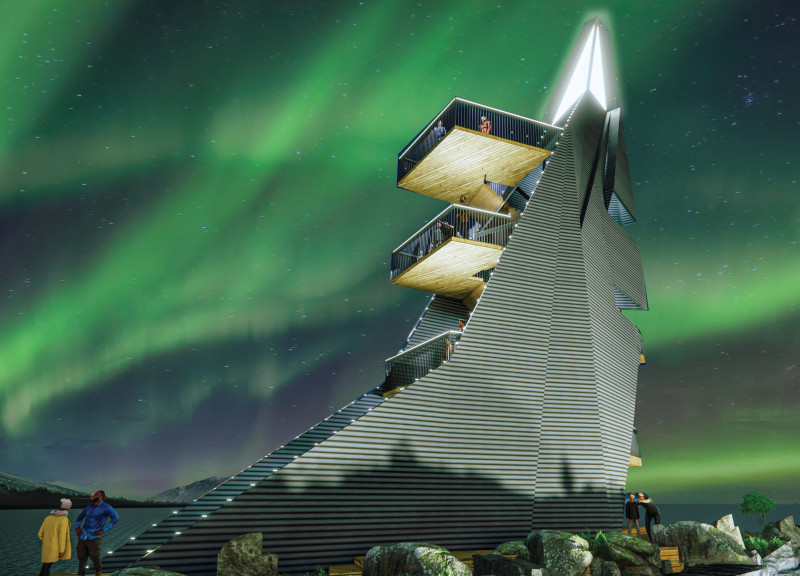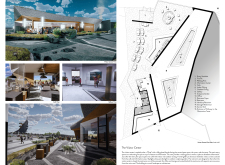5 key facts about this project
This project stands out for its nuanced approach to site-specific challenges and its ability to reflect the cultural and environmental essence of the location. The design fosters a sense of place, engaging with local materials and architectural traditions, which contributes to its identity within the community. The use of sustainable and environmentally conscious building practices is apparent, reflecting a commitment to ecological sensitivity. Elements such as energy-efficient systems, natural ventilation, and the incorporation of local flora into the landscape design serve not only functional roles but also enhance the overall user experience.
In terms of layout, the architecture exhibits a clear organization of spaces that facilitate movement and interaction. The strategic placement of communal areas encourages collaboration and socialization, while private spaces maintain a sense of intimacy for individuals. The careful consideration of sightlines and light penetration ensures that each area is infused with natural light, creating a welcoming atmosphere that enhances daily activities.
Materiality plays a vital role in expressing the architectural intentions of the project. The use of concrete provides a robust structural framework, while finishes in wood and glass introduce warmth and transparency. This interplay of materials demonstrates a commitment to both durability and elegance, providing a tactile experience that resonates with users. Windows are strategically placed to provide views of the surrounding landscape, allowing occupants to feel a connection to nature even while indoors.
The roof design, which may feature green elements or unconventional shapes, further complements the project's sustainable agenda. By potentially incorporating living roofs or solar panels, the architecture underscores a proactive stance on environmental responsibility, showcasing a forward-thinking attitude toward design. This unique approach to the roof not only enhances the building’s energy performance but also contributes to biodiversity in urban settings.
Furthermore, the project incorporates advances in technology seamlessly, incorporating smart systems that optimize energy use and enhance comfort. Features such as automated lighting and climate control systems reflect modern lifestyles and provide a level of convenience that aligns with contemporary expectations.
In addition to its physical attributes, the project encapsulates ideas that resonate with the community it serves. This architecture facilitates engagement and inclusion, promoting interactions among users while providing spaces for community events, relaxation, and reflection. By bridging the gap between built and natural environments, it exemplifies a holistic approach to design that prioritizes user well-being and community cohesion.
Readers interested in gaining a deeper understanding of the architectural design should explore the project presentation for further details. Engaging with elements such as architectural plans, architectural sections, and architectural designs can provide valuable insights into the innovative ideas that shaped this project. This analysis merely scratches the surface of what the project represents, and a closer inspection will reveal the unique qualities and thought processes at play throughout its development.


























